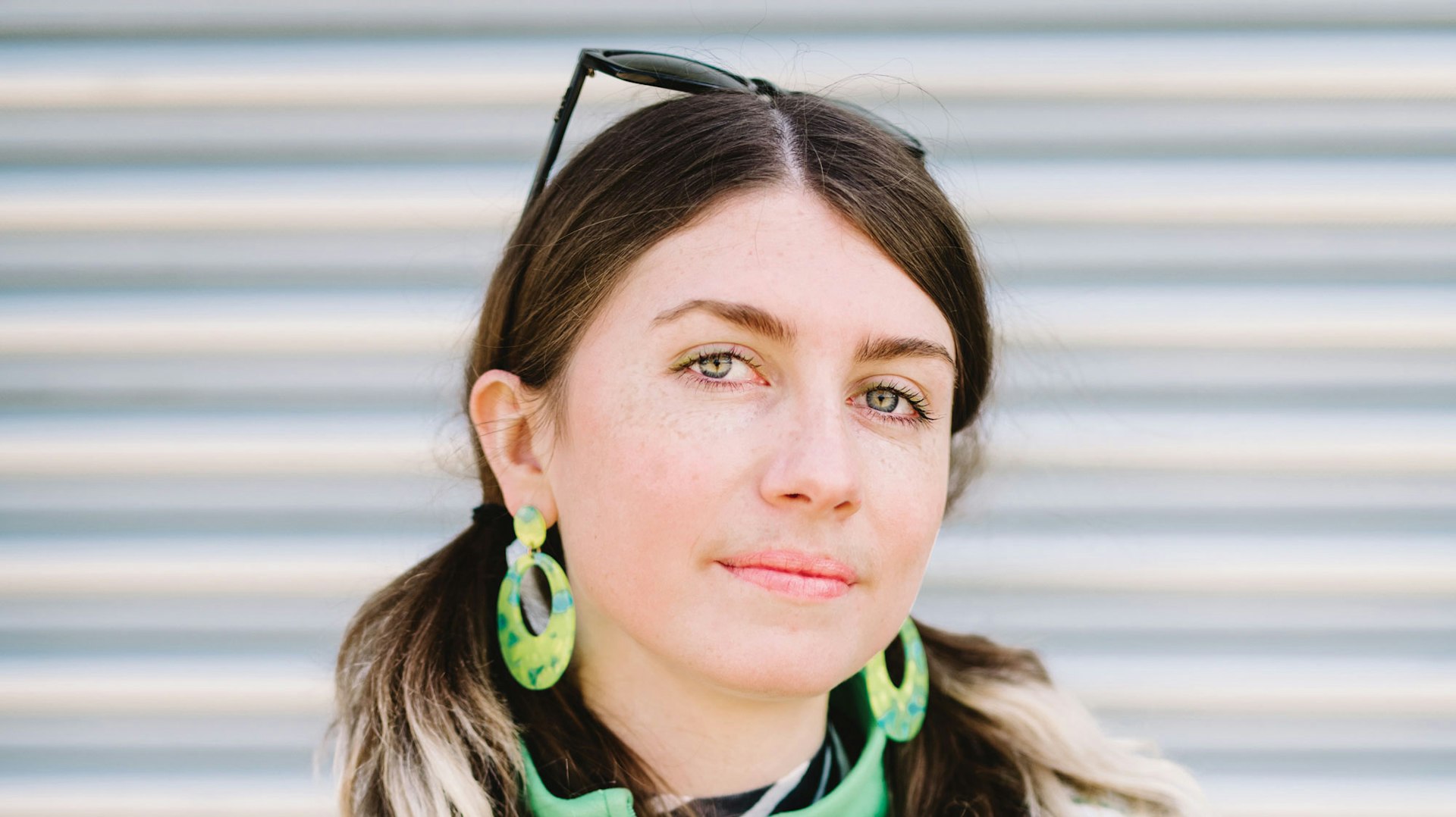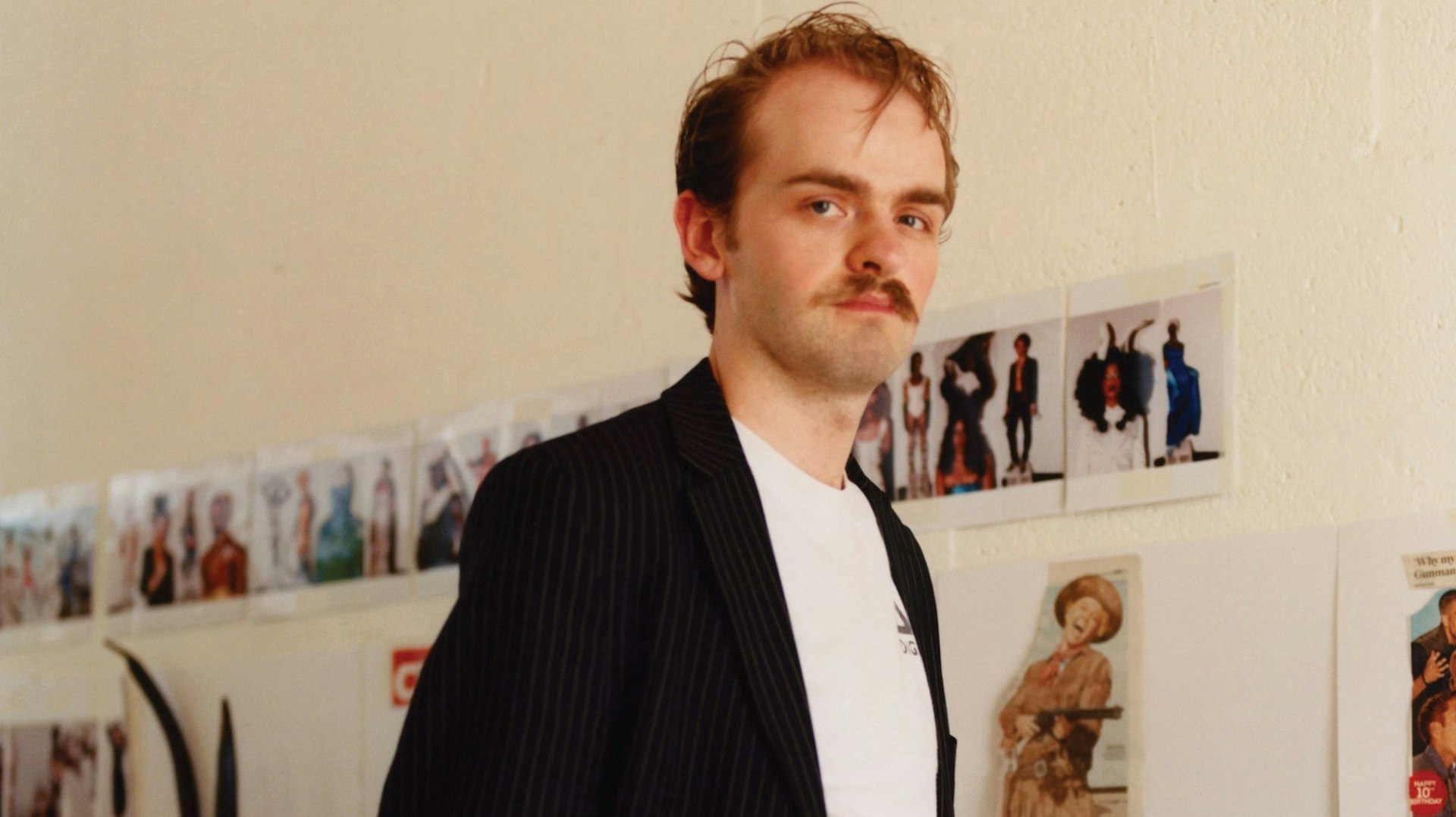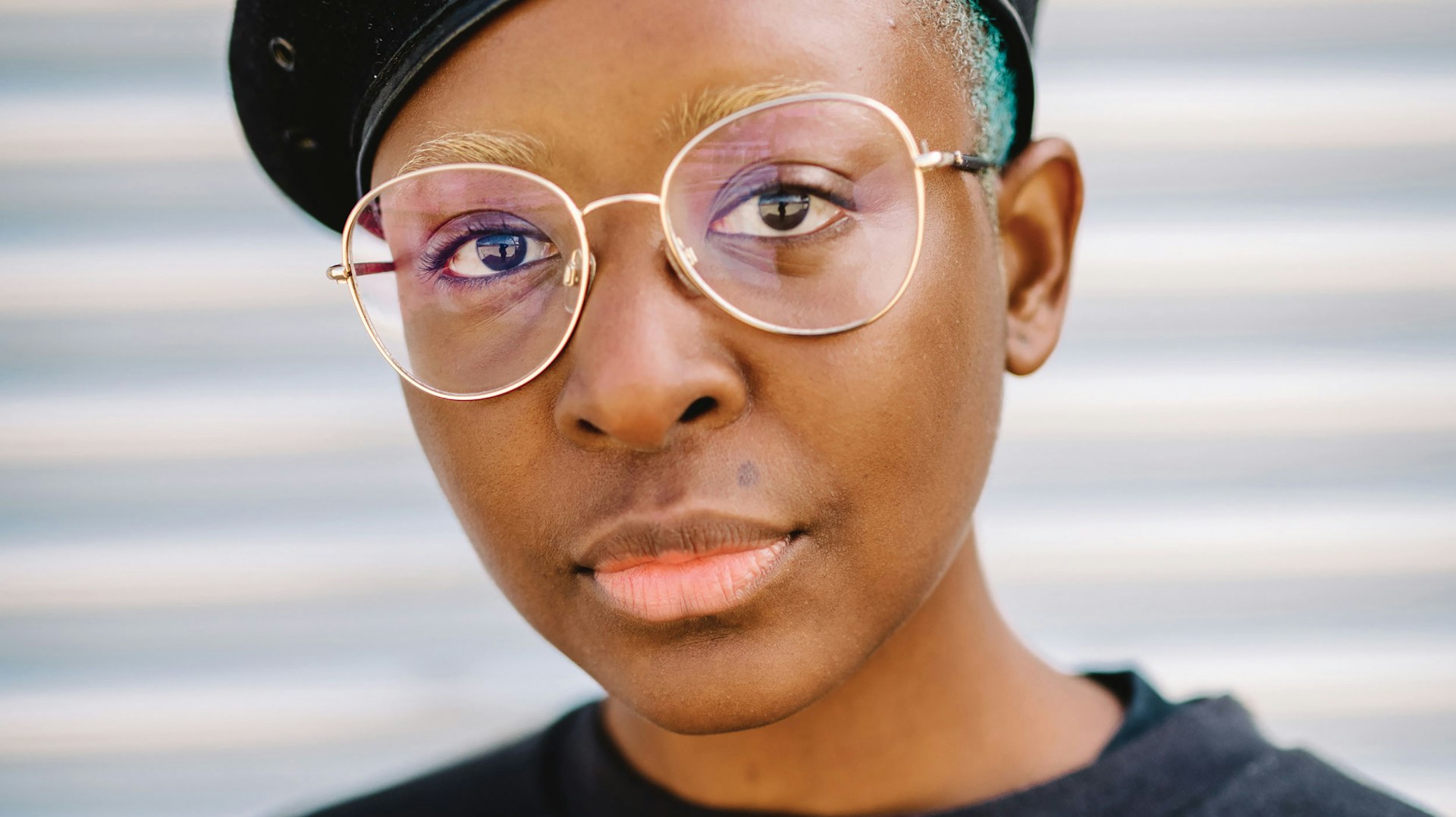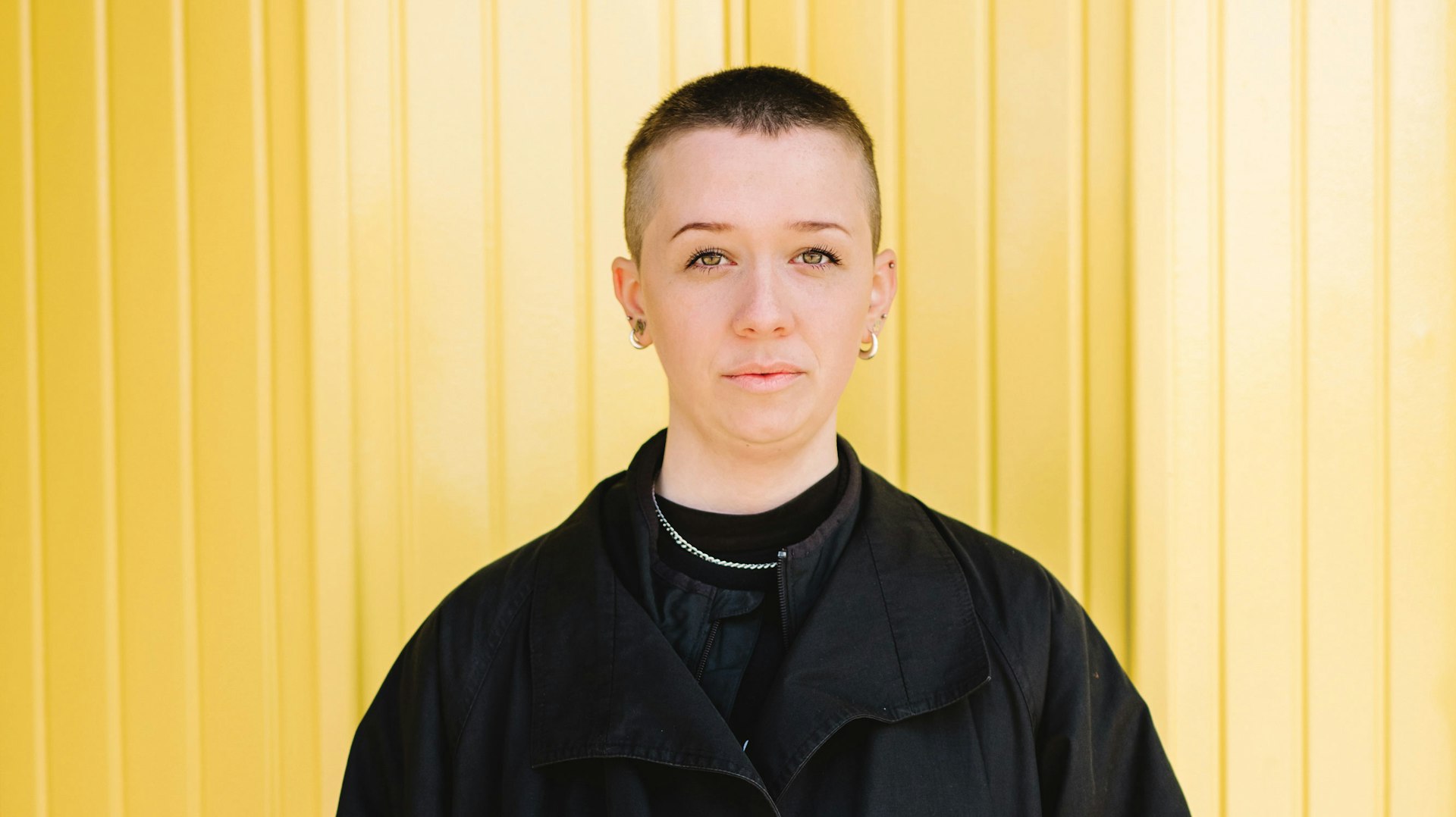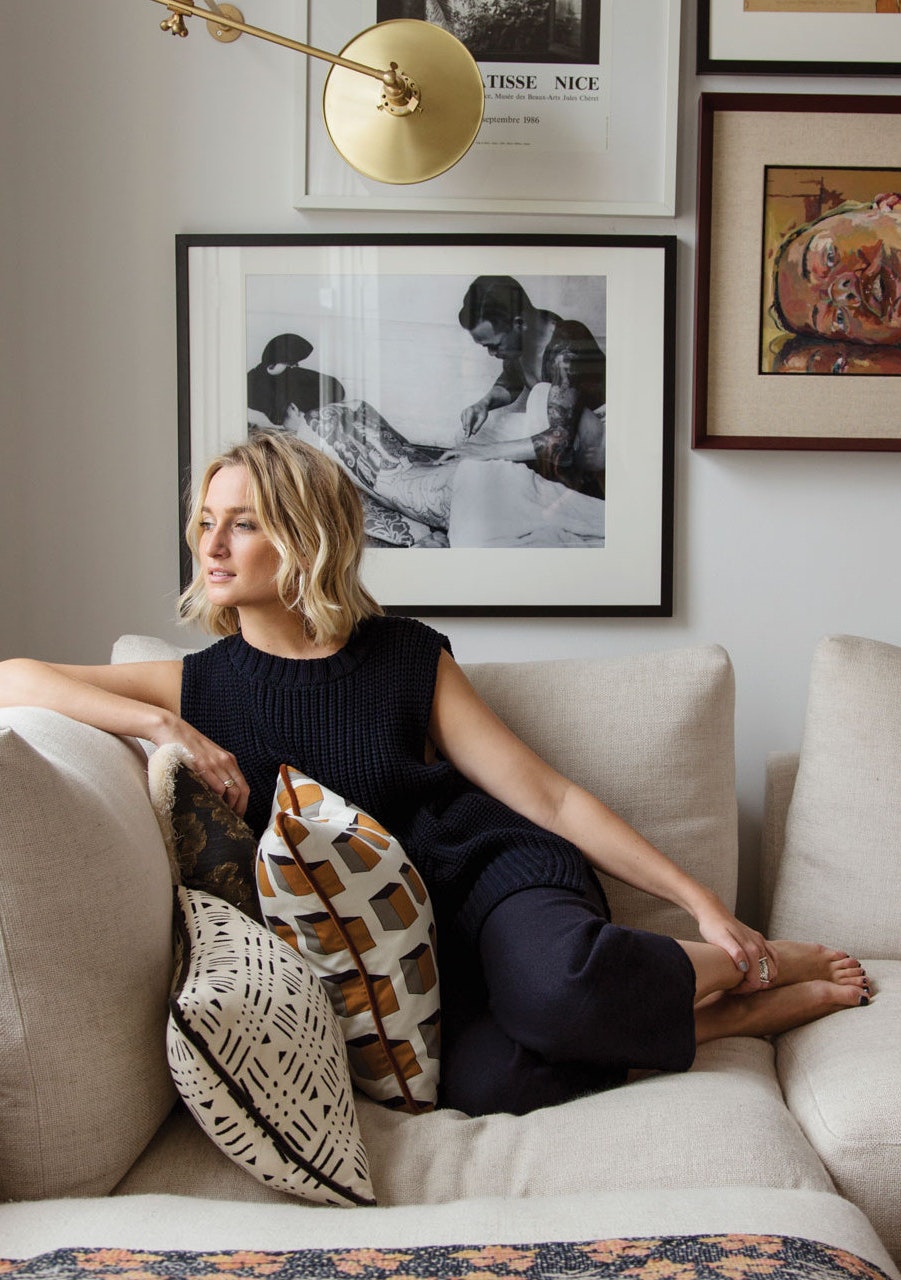
Make Some Space
Back in January, the Design District on Greenwich Peninsula announced a partnership with Dazed magazine to offer rent-free studio space for a year to London-based creatives. A month-long submission period eventually yielded 650 applications, which were then sorted by a panel comprising of Greenwich Peninsula CEO Richard Margree, NOW Gallery’s curator Jemima Burrill, Dazed founder Jefferson Hack, the title’s arts and culture editor Ashleigh Kane and the Dazed Studio’s creative lead on special projects, Thomas Gorton. The project was a response to the increasing difficulty artists experience in finding affordable workspace in a booming city: arts and culture contribute around £11.8bn annually to the UK economy, but the majority of artists are earning less than £10,000 a year, with 83% on less than the London living wage.
With this situation forcing artists to either work part-time, downsize the scale of their work, or even relocate entirely, this project offered a solution, under the mantra “Keep London Creative”. Applicants had to explain, in 1,000 characters, why they needed the space and how it will impact their work, along with a two-year development plan for their own practice. The panels’ select artists are now on site and cover a range of disciplines reflecting the most interesting areas and ideas being explored in London right now from outside of the traditional system.
Jocelyn Anquetil, VR Artist
Anquetil’s work pushes the concept of directing to its formal limits, spanning traditional film, animation, photography, VR and immersive installations. She recently directed her first short film, Las Mujeres de Fuego, in collaboration with the brujeria- (witchcraft-)influenced Fuego Nails team and released it via Dazed Beauty. “Think dark twists, melodrama and self-reflective millennial sci-fi,” as she describes it. Prior to being awarded her studio residency, “it was never really a question of finding space, space was always out of the question,” she says. “I just dealt with working from the spaces I already spent a lot of time in – my house, or staying late on the computers at my old workplace. Generally, rent is so expensive in London that the idea of finding and paying for extra space to work from is just a bit of a crazy idea.“ For the year ahead, “I’m starting to focus on bringing my piece Mundania back to life, taking a step backwards towards technology and using interventions to create bridges between the physical and digital realms.”
Gareth Wrighton, Designer
Hertfordshire-born designer Wrighton describes his work to date as moving “between many media within the realm of fashion, from photography to knitwear, computer modelling and printmaking, through which I make work that responds to contemporary ideas. I am from a communicative, journalistic background, and I find that I reappropriate garments, imagery and all these different media in a way to tell a story. It’s fashion about fashion, but always via some weird theme that has caught my fixation.” Already, this has seen him produce a balaclava for Sampha, a custom suit for Robyn, and fill the pages of i-D with mutated, multi-layered, knitted animal costumes. His work has roamed across disciplines and blurred the boundaries between craft and technology (part of his final year saw him knit a jumper that was then imported into a video game). Now he's moving on to the showing of his first formal collection at Red Hook Labs in Brooklyn, and then a 12 look collection at Fashion East for the first time. “I still maintain though that whatever I end up doing as a career probably hasn’t been invented yet,” he has said.
BBZ, Collective
Since their first public happenings in April 2016, BBZ (aka film-maker Nadine Davis and photographer Tia Simon-Campbell) have perfected the format of their events, mixing art curation and a party, showcasing the best in QTPOC artwork and DJs. They’ve previously recreated a Caribbean front room as part of Gal-Dem’s V&A takeover, re-enacted the famous pottery scene from Ghost for a special queer Valentine’s day, while partnering with South London institutions Balamii Radio and Morley’s Chicken shop. “Loneliness was a huge driving factor for Tia and I creating BBZ initially,” said Davis of their new premises. “We knew that we couldn’t carry on pursuing creative careers whilst feeling so isolated. Since the concept took off, the community we built let us know what they wanted from us… Having a base for the collective to convene and share ideas has really elevated our work and collective processes. We feel like the collective has less of a hierarchy and more room for negotiation and possibility.”
Catty Tay
Founder of Digi-Gal, a network and platform for women 3D designers, Catty Tay is originally from the West Country and studied textile design. Her virtual models and animation-based work have seen her collaborate with adidas, Burberry, Off-White and others. “During my university degree, I realised I needed to create something that the world actually needed, something that could influence the way we interact with fashion,” she told Dazed. “I brought together my skills within fashion and tech that lent perfectly towards the 3D digitalisation of clothing.“ Currently working on expanding the Digi-Gal platform and building up to its project with “a large department store” campaign, Tay sees her new premises as the perfect base for building a more collaborative way of working. “It’s a space that allows for a clear working conscience and better daily routine,” she said. “The space has allowed for in-house Digi-Gal creatives to work together on projects. We will begin hosting skill shares and hold different events within the space."
Contra, Magazine
A not-for-profit independent annual publication that studies the relationship between visual culture and conflict. Now on its second issue, Contra has looked at both how displacement and forced migration have been visually represented in art, and at the protest generated in response to conflict. Contributors have included Forensic Architecture and Olafur Eliasson with issue 3 due in March 2020. “It’s been incredibly difficult to find affordable space in London for us to work,” says founder Ben Bohm-Duchen. “We are a small voluntary organisation, and all funds we generate go straight back into the publication. At this point in our development, we have very tight budgets to work around and we simply would not have been able to afford high rent prices while carrying out our work to the quality we aim for. Receiving the studio space from the Design District x Dazed competition has completely transformed the way in which we can work and organise ourselves. It has given us invaluable space and time to focus on developing our project and has provided added motivation to push the boundaries of what we’re trying to do.”
The Design District is due to fully open in 2020 and will provide a base for over 1,800 London creatives and offer affordable spaces. Visit designdistrict.co.uk to find out more.
